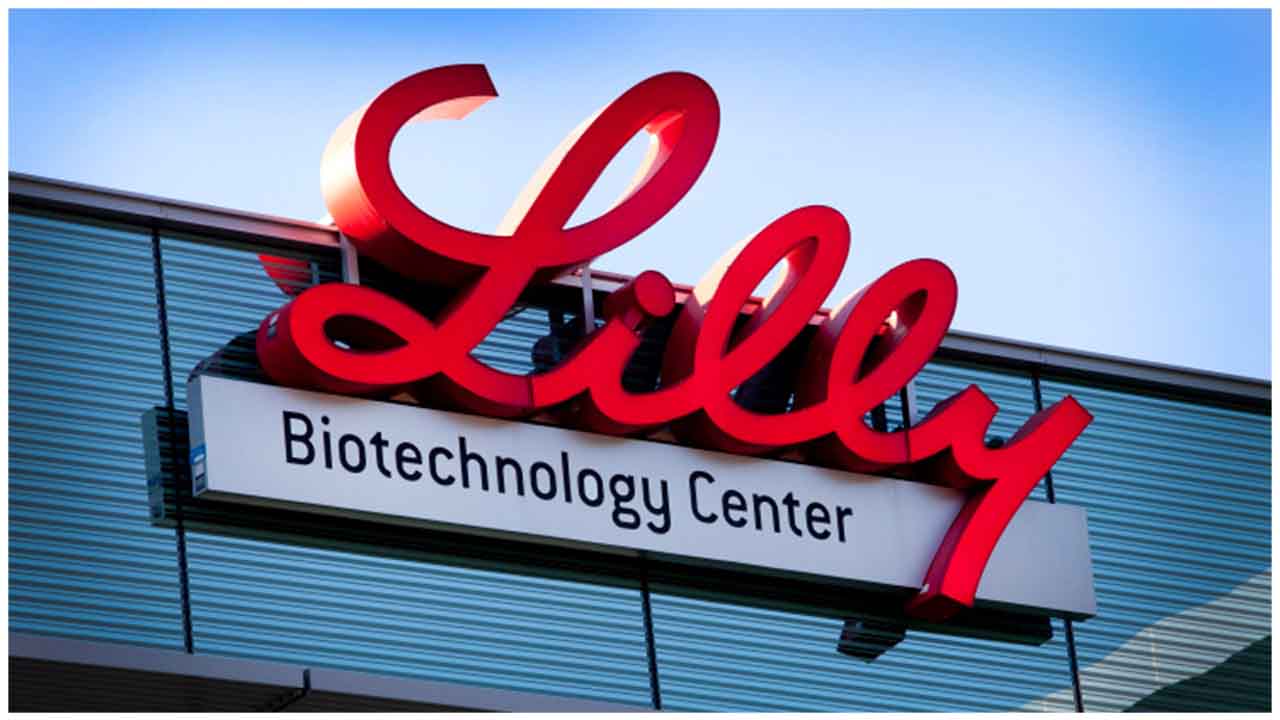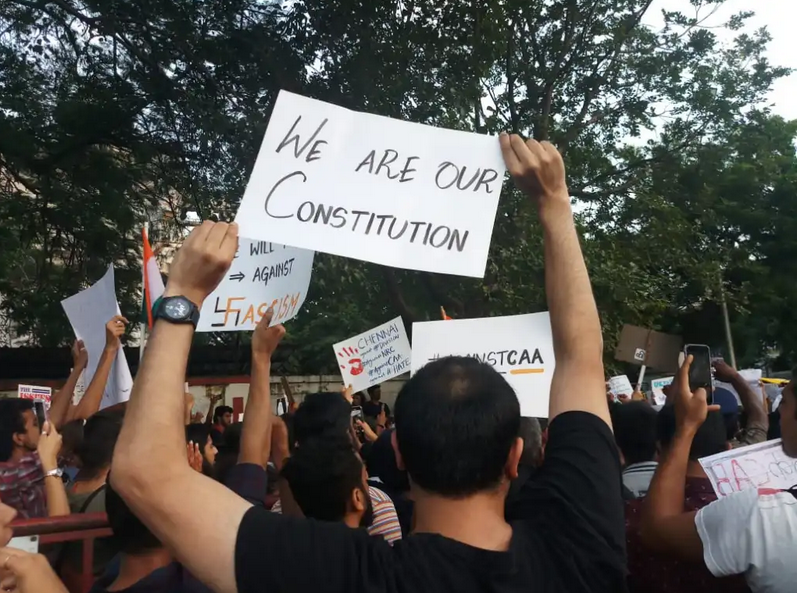Innovent Biologics, Inc., a world-class biopharmaceutical company that develops, manufactures and commercializes high-quality medicines for the treatment of cancer, metabolic, autoimmune and other major diseases, and Eli Lilly and Company, today jointly announce that HALPRYZA (rituximab injection), a recombinant human/murine chimeric monoclonal antibody drug co-developed by Innovent and Lilly, has been officially approved by the National Medical Products Administration (NMPA) of China for patients with diffuse large b cell lymphoma (DLBCL), follicular lymphoma (FL), and chronic lymphocytic leukaemia (CLL) in China. HALPRYZA (rituximab injection) is Innovent's fourth monoclonal antibody drug approved by the NMPA following TYVYT (sintilimab injection), BYVASDA (bevacizumab injection) and SULINNO (adalimumab injection). It is also the second monoclonal antibody approved by NMPA that was co-developed by Innovent and Lilly after the approval of TYVYT.
The clinical efficacy and safety of rituximab in CD20-positive non-Hodgkin's lymphoma have been confirmed in several large-scale clinical trials. Rituximab injection, approved by FDA in 1997, is approved for the treatment of non-Hodgkin's lymphoma (NHL), chronic lymphocytic leukaemia (CLL), rheumatoid arthritis (RA),granulomatosis with polyangiitis (GPA), microscopic polyangiitis (MPA) and moderate to severe pemphigus vulgaris (PV). The efficacy and safety of rituximab have been well recognized worldwide. HALPRYZA (rituximab injection) is a recombinant human/murine chimeric monoclonal antibody drug co-developed by Innovent and Eli Lilly. The launch of HALPRYZA (rituximab injection) will provide Chinese patients with high-quality and relatively more affordable rituximab injection.
Dr Hui Zhou, Vice President and Head of Oncology Strategy and Medical Sciences of Innovent, stated: "HALPRYZA (rituximab injection) is another example of our success with the National Major New Drug Innovation and Development Projects and the fourth monoclonal antibody drug approved by the NMPA following TYVYT (sintilimab injection),BYVASDA® (bevacizumab injection), and SULINNO (adalimumab injection). We hope to bring this high-quality drugs to more patients in need in China as soon as possible."
Dr Li WANG, Senior VP of Lilly China and Head of Lilly China Drug Development and Medical Affairs Center, stated: "We're excited that Lilly and Innovent strategic collaboration has reached another success. Lymphoma is one of the malignant tumours with rapid growing incidence. However, the survival rate is also relatively higher than other tumour types when having appropriate treatment. The approval of HALPRYZA (rituximab injection) will bring a new option to Chinese Lymphoma patients, help them to improve quality of life & prolong their survivals."
Malignant lymphoma is one of the most common haematological malignancies in China. It is one of the top ten malignant tumours with high morbidity and mortality. In recent years, the incidence of malignant lymphoma has been rising. According to histopathology, lymphoma can be divided into Hodgkin's lymphoma (HL) and non-Hodgkin's lymphoma (NHL), of which NHL accounts for the majority. NHL is a general term for a series of related but different lymphoid malignant tumours. Most (80-85%) originates from B cells. The rest originate from T cells or NK cells. More than 95% of B-cell non-Hodgkin's lymphoma cells express CD20. The incidence of NHL increases with age. The most common type of NHL in China is diffuse large B-cell lymphoma (DLBCL), accounting for 40-50% (about 30-40% in Western countries). DLBCL is moderately malignant to highly malignant invasive lymphoma that progresses rapidly and leads to the death of patients within a few months without treatment.
HALPRYZA is rituximab injection and a recombinant human/murine chimeric monoclonal antibody drug. Rituximab binds to the CD20 antigen on the surface of B lymphocytes and mediates complement-dependent cytotoxicity (CDC) and antibody-dependent cellular cytotoxicity (ADCC). Normal and malignant B cells are targeted for destruction by the antibody, thereby achieving anti-tumour and immunosuppressive therapeutic effects.

 The survival rate is also relatively higher than other tumour types when having appropriate treatment
The survival rate is also relatively higher than other tumour types when having appropriate treatment










.jpeg)






.jpg)













